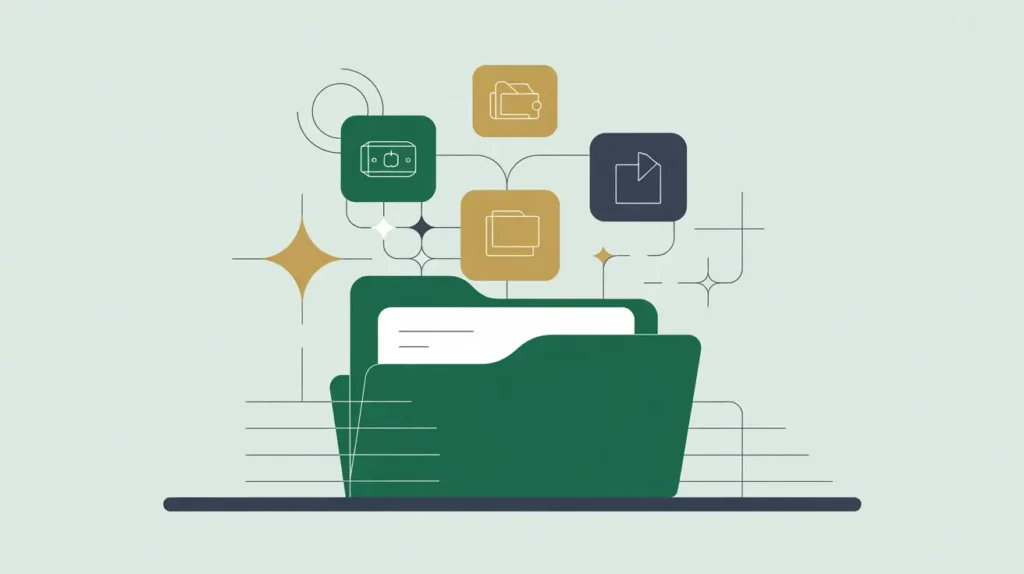Importance of Current Assets
Current assets are a cornerstone of nonprofit financial health because they represent resources that can be converted into cash or used within one year to sustain operations. For nonprofits in social innovation and international development, current assets are critical for meeting short-term obligations, ensuring liquidity, and maintaining program continuity. Donors, boards, and regulators pay close attention to current assets to determine whether an organization has the financial flexibility to deliver on commitments without disruption. Adequate current assets not only safeguard against unexpected funding delays but also build credibility by demonstrating that the nonprofit has the capacity to manage resources responsibly in dynamic environments.
Definition and Features
Current assets are defined as all resources expected to be realized, sold, or used within one year or one operating cycle, whichever is longer. They typically include cash and cash equivalents, accounts receivable, grants and pledges receivable, prepaid expenses, and inventory. Unlike non-current assets, which are tied up in property, equipment, or long-term investments, current assets are liquid and immediately available for program delivery or operational needs. Accounting standards require current assets to be listed at the top of the Statement of Financial Position, providing a clear snapshot of liquidity. They differ from revenues, which represent inflows, and from liabilities, which represent obligations. Current assets highlight what the nonprofit has on hand to manage its mission effectively.
How This Works in Practice
In practice, nonprofits manage current assets carefully to ensure they align with cash flow needs and program priorities. For example, receivables from donors or governments may look strong on paper but create liquidity risks if payments are delayed. Prepaid expenses, such as insurance or rent, reduce cash available for other needs but provide operational stability. Finance teams often monitor ratios such as current ratio (current assets ÷ current liabilities) or days cash on hand to evaluate short-term sustainability. Effective stewardship of current assets also involves balancing liquidity with opportunity: while holding too little cash creates vulnerability, holding too much without putting it to work may signal underinvestment in mission delivery.
Implications for Social Innovation
For organizations in social innovation and international development, current assets play a crucial role in sustaining momentum across complex projects. Adequate liquidity ensures that programs can continue even if donor disbursements are delayed or unexpected expenses arise. Transparent reporting of current assets reduces information asymmetry by giving stakeholders a clear picture of short-term resilience. It also signals the organization’s readiness to manage cross-border funding flows, emergencies, or scale-up initiatives. Donors and partners often view strong current asset management as a proxy for institutional capacity, reinforcing trust in the organization’s ability to deliver impact responsibly. By framing current assets not just as an accounting line but as a measure of resilience, nonprofits can highlight their financial strength and preparedness to navigate uncertainty while advancing their mission.







